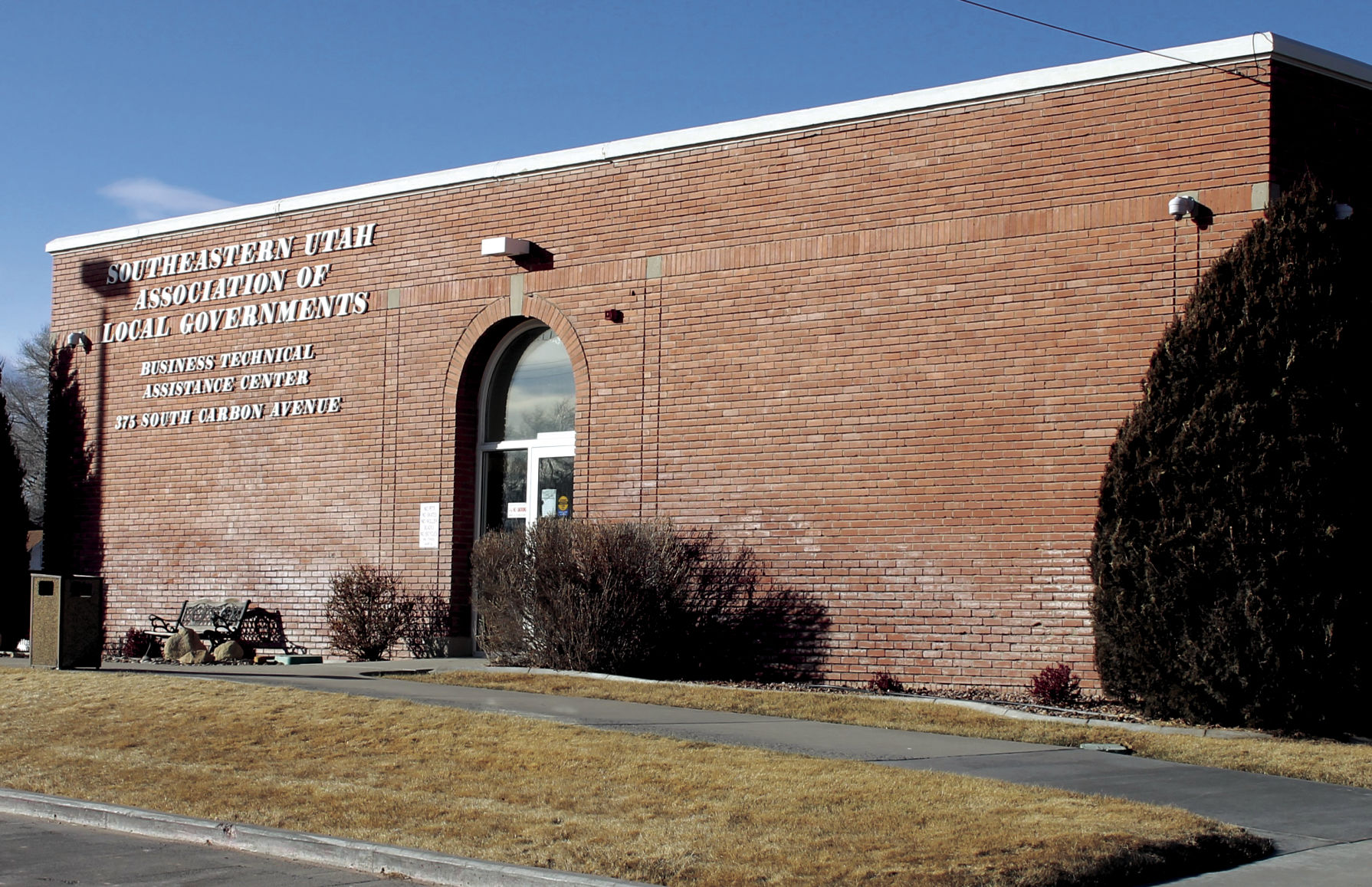When opportunity knocks, communities will be willing to take it.
The State of Utah recently submitted nominations to the federal government concerning an Opportunity Zone Program for various areas of the state.
Southeastern Utah is a prime location to receive some of these funds.
Last year, as Congress was working on the $1.5 trillion Tax Cuts and Jobs Act, there was concern about saving important affordable housing and community development programs the legislation might have adversely affected. But a provision included in the new legislation created a program that could give a meaningful shot in the arm to economically struggling communities, both rural and urban.
It includes the creation of certain Opportunity Zones within states, and provides investors with new ways to make more money on their investments.
To understand how the Opportunity Zone will work consider the fact that huge amounts of capital have been created and amassed with the large growth of investments and the stock market in the last few years.
The new legislation will now make it much more profitable for private capital to be invested in areas that need a boost in their economy than it could have before.
The amount of money that could be invested based on estimates tops $2 trillion in total.
Consequently under the new Opportunity Zones that will be established investors can defer, possibly even reduce their federal tax liability on the sale of assets, once they are appreciated, if they put their money into an Opportunity Fund.
The Opportunity Funds will then funnel all that pent up capital into investments in small businesses and real estate in communities and areas that are enduring tough economic times.
The good news for Carbon and Emery counties is that some of those Opportunity Zones are being created in the eastern and southeastern part of the state.
Utah Gov. Gary Herbert tasked all Association of Local Governments with the census tract selection.
“This is an exciting program that will help attract new investors to the area,” said Southeastern Utah Association of Local Governments Executive Director Geri Gamber last Monday. “There are zones that have been approved, which are spread throughout the four county region.”
The Opportunity Zones program offers three tax benefits for investing in low-income communities through a qualified fund.
First, there is the temporary deferral of inclusion in taxable income for capital gains reinvested in an Opportunity Fund. The deferred gain must be recognized on the earlier of the date on which the opportunity zone investment is disposed of or December 31, 2026.
Second, there is a step-up in basis for capital gains reinvested in an Opportunity Fund. The basis is increased by 10 percent if the investment in the Opportunity Fund is held by the taxpayer for at least five years and by an additional 5 percent if held for at least seven years, thereby excluding up to 15 percent of the original gain from taxation.
And third, there is a permanent exclusion from taxable income of capital gains from the sale or exchange of an investment in an Opportunity Fund if the investment is held for at least 10 years. This exclusion only applies to gains accrued after an investment in an Opportunity Fund.
Within the submission, Utah had 181 census-designated areas that qualified. This means that based on the last census, areas were eligible because of depressed economic factors or areas of low economic means. Areas submitted and expected to be approved by federal officials in the eastern/southeastern area of Utah include the Ridge Road area of Carbon County, areas in San Juan County around Monticello and a designated area in the Navajo Nation.
“The contiguous track that we requested for Carbon County was unique and dissimilar among other tracks chosen in the State of Utah, in that it is found outside of the predesignated eligible areas for Opportunity Zones,” said Carbon County Commissioner Jake Mellor. “The governor is only allowed to approve up to 5 percent of all tracks within Utah with this special contiguous designation and we were able to justify such a designation because of the many social and socio-economic needs our county has along with the many high-wage job opportunities that will exist along the Ridge Road Contiguous Track within Carbon County.”
Further details about when the program will begin and how it will be operated are still awaited by federal, state and local officials. It is expected information will be forthcoming soon.
Area counties may qualify for investment program

investment program
